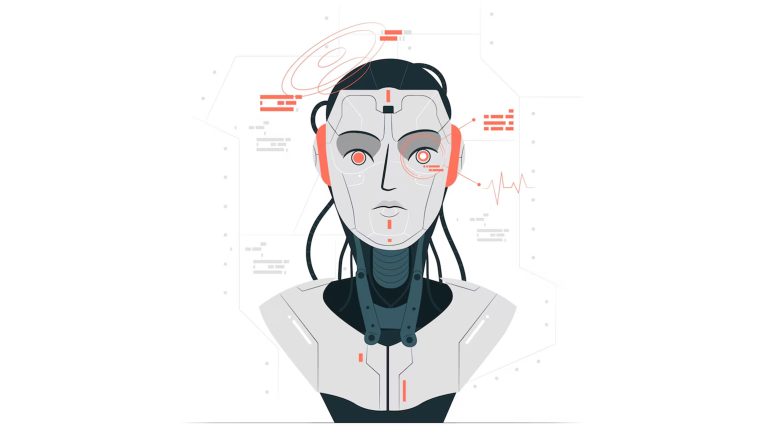Download whitepaper and know how to unify the control of all endpoints and reduce the cost and complexity with the future proofing unified endpoint management.
Unified endpoint management (UEM) simplifies IT’s ability to administer, manage, and secure all devices from a single solution. This guide examines endpoint management issues and reviews best practices for administering, managing, and securing all devices with a future proofing unified endpoint management (UEM) approach and solution.
Marketing Technology News: Backblaze Strengthens Leadership With Two New Board Members
You’ll learn how to:
- Unify the control of all endpoints
- Reduce the cost and complexity of managing endpoints
- Enhance end-user experiences
- Simplify utilization of cloud resources
New devices, platforms, applications, and technologies connecting to the network are overwhelming IT’s ability to manage endpoints across the enterprise. Adding to the complexity, many organizations have disparate systems or processes for managing desktop and mobile devices.
The number and types of cyberthreats continue to grow and evolve. The U.S. Cybersecurity and Infrastructure Security Agency offers an overview of key threat categories:
- Bot-network operators that take over multiple systems to coordinate attacks and distribute phishing schemes, spam, and malware attacks.
- Hackers who download sophisticated and easy-to-use attack scripts and protocols to launch against victim sites.
- Phishing schemes that use spam, spyware, and malware to steal identities or information.
- Unsolicited spam email with hidden or false information used to conduct phishing schemes, distribute spyware/malware, or attack organizations.
- Terrorists who seek to destroy, incapacitate, or exploit critical infrastructures and may use phishing schemes or spyware/malware to generate funds or gather sensitive information.
Endpoints also represent a challenge to compliance and governance efforts. IT can easily become overwhelmed with tracking everything connected to the network while ensuring compliance with regulatory and licensing requirements.
Many organizations struggle with separate endpoint and mobile device management systems that complicate their endpoint environments. While some employ consolidated management consoles, they often still rely on disparate processes to manage desktop and mobile devices. Increased use of cloud applications and the rapidly proliferating numbers of Internet of Things (IoT) devices often fall outside the visibility of IT.
Marketing Technology News: MarTech Interview with Damien Mahoney, Co-founder and CEO at Stackla
Racing to keep up with change:
Major updates or migrations can create headaches for IT and long timelines for the business. For example, when construction services companies Fishbeck, Thompson, Carr and Huber upgraded from Windows XP to Windows 7, four IT staffers took more than seven months to accomplish the project. By the time they needed to upgrade to Windows 10, the the company had implemented a UEM solution, which enabled one senior IT solutions analyst to migrate more than 400 machines within six weeks.
Yet, not only operating system upgrades cause endpoint challenges. Companies must manage all the employee smartphones and tablets that connect to servers, printers, and other network systems. In addition, enterprises are rapidly deploying conference-room sharing, intelligent assistants, and other smart, connected endpoints, with 67% of organizations planning deployments of these workspace IoT technologies, according to an IDC survey.





















